Managed float regime
| Foreign exchange |
|---|
| Exchange rates |
| Markets |
| Assets |
| Historical agreements |
| See also |
Managed float regime is the current international financial environment in which exchange rates fluctuate from day to day, but central banks attempt to influence their countries' exchange rates by buying and selling currencies. It is also known as a dirty float.
In an increasingly integrated world economy, the currency rates impact any given country's economy through the trade balance. In this aspect, almost all currencies are managed since central banks or governments intervene to influence the value of their currencies. According to the International Monetary Fund, as of 2014, 82 countries and regions used a managed float, or 43% of all countries, constituting a plurality amongst exchange rate regime types.[1]
List of countries with managed floating currencies
- Source IMF as of April 31, 2008
 Afghanistan
Afghanistan Algeria
Algeria Argentina
Argentina Armenia
Armenia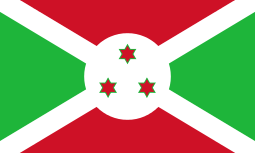 Burundi
Burundi Cambodia
Cambodia Colombia
Colombia Croatia
Croatia Dominican Republic
Dominican Republic Egypt
Egypt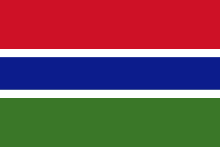 Gambia
Gambia Georgia
Georgia Ghana
Ghana Guatemala
Guatemala Guinea
Guinea Haiti
Haiti India
India Indonesia
Indonesia Jamaica
Jamaica Kenya
Kenya Kyrgyzstan
Kyrgyzstan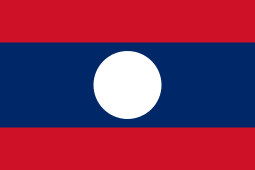 Laos
Laos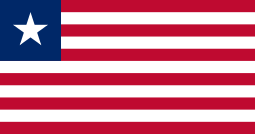 Liberia
Liberia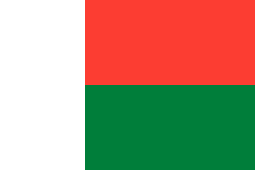 Madagascar
Madagascar Malaysia
Malaysia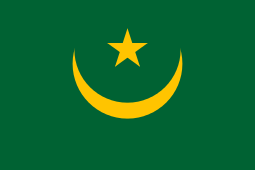 Mauritania
Mauritania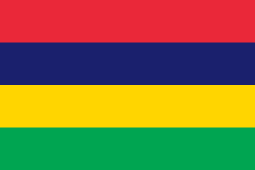 Mauritius
Mauritius Moldova
Moldova Morocco
Morocco Mozambique
Mozambique Myanmar
Myanmar Nigeria
Nigeria Pakistan
Pakistan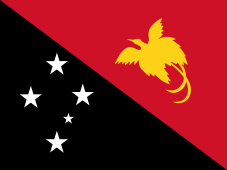 Papua New Guinea
Papua New Guinea Paraguay
Paraguay Peru
Peru Romania
Romania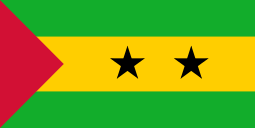 São Tomé and Príncipe
São Tomé and Príncipe Serbia
Serbia Singapore
Singapore Sudan
Sudan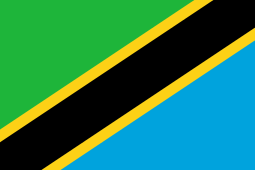 Tanzania
Tanzania Thailand
Thailand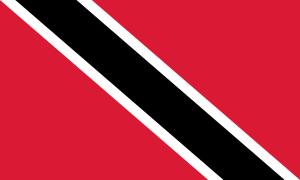 Trinidad and Tobago[2]
Trinidad and Tobago[2] Uganda
Uganda Ukraine
Ukraine Uruguay
Uruguay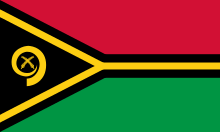 Vanuatu
Vanuatu
References
- ↑ "IMF finds more countries adopting managed floating exchange rate system". Nikkei Asian Review. Nikkei. August 19, 2014. Retrieved 5 March 2015.
- ↑ http://www.trinidadexpress.com/commentaries/Floating-of-the--TT-dollar-20-years-later-201153211.html. Missing or empty
|title=(help)
See also
- December Mistake
- Black Wednesday
- Fixed exchange rate
- Floating exchange rate or Floating currency
This article is issued from Wikipedia - version of the 11/4/2016. The text is available under the Creative Commons Attribution/Share Alike but additional terms may apply for the media files.